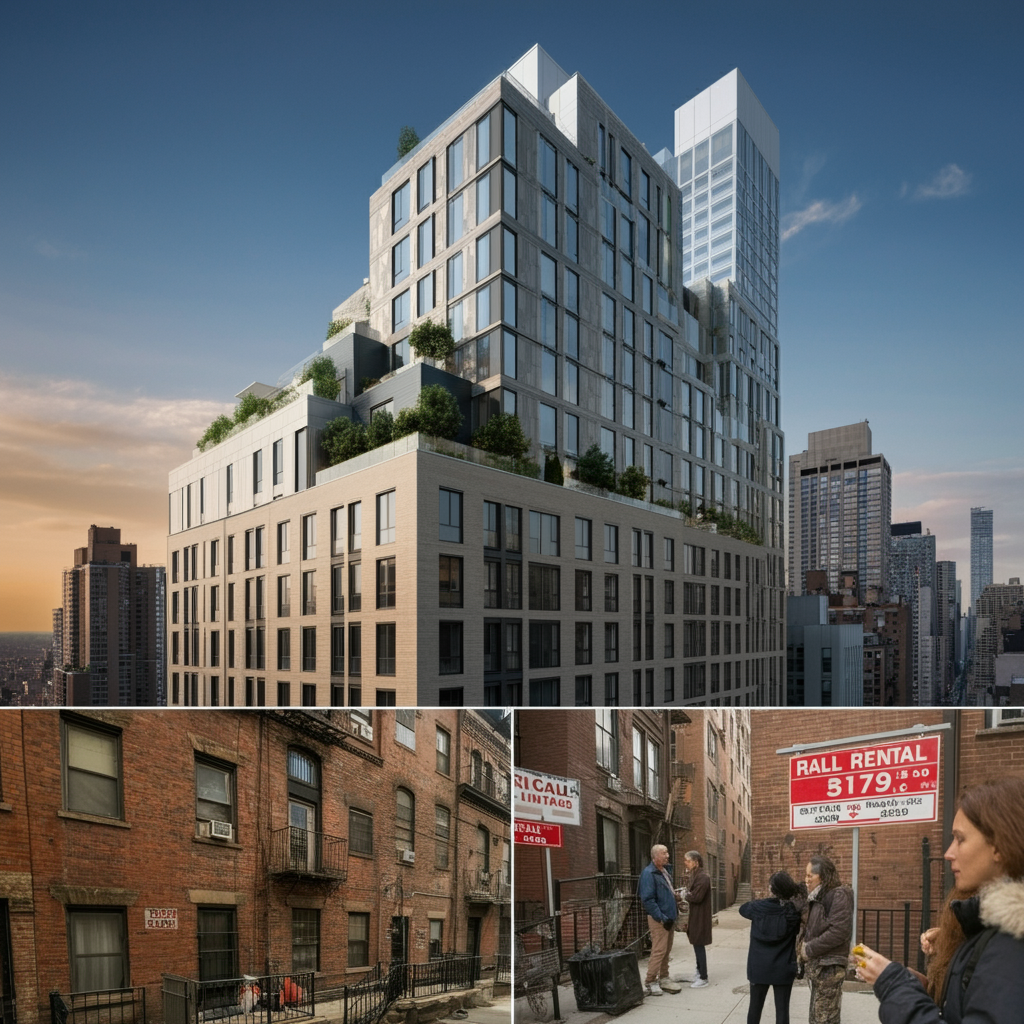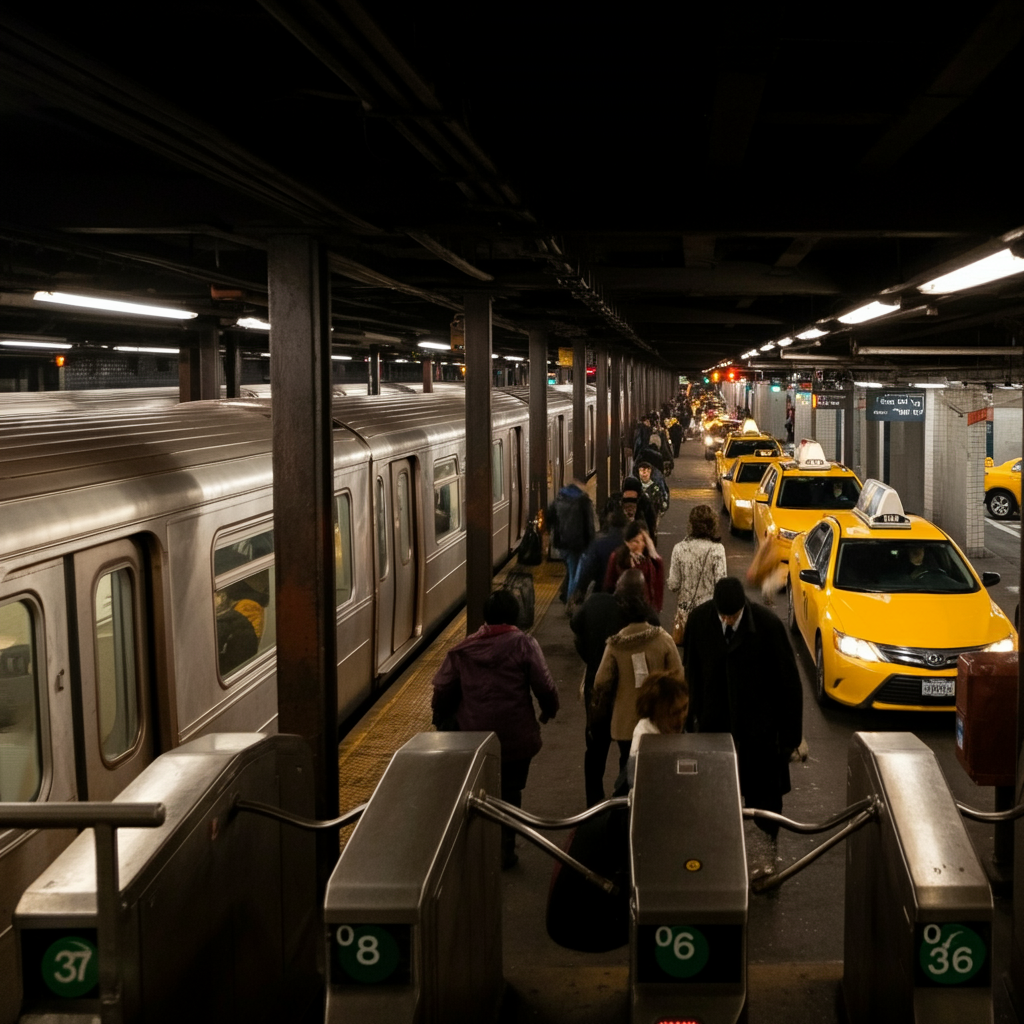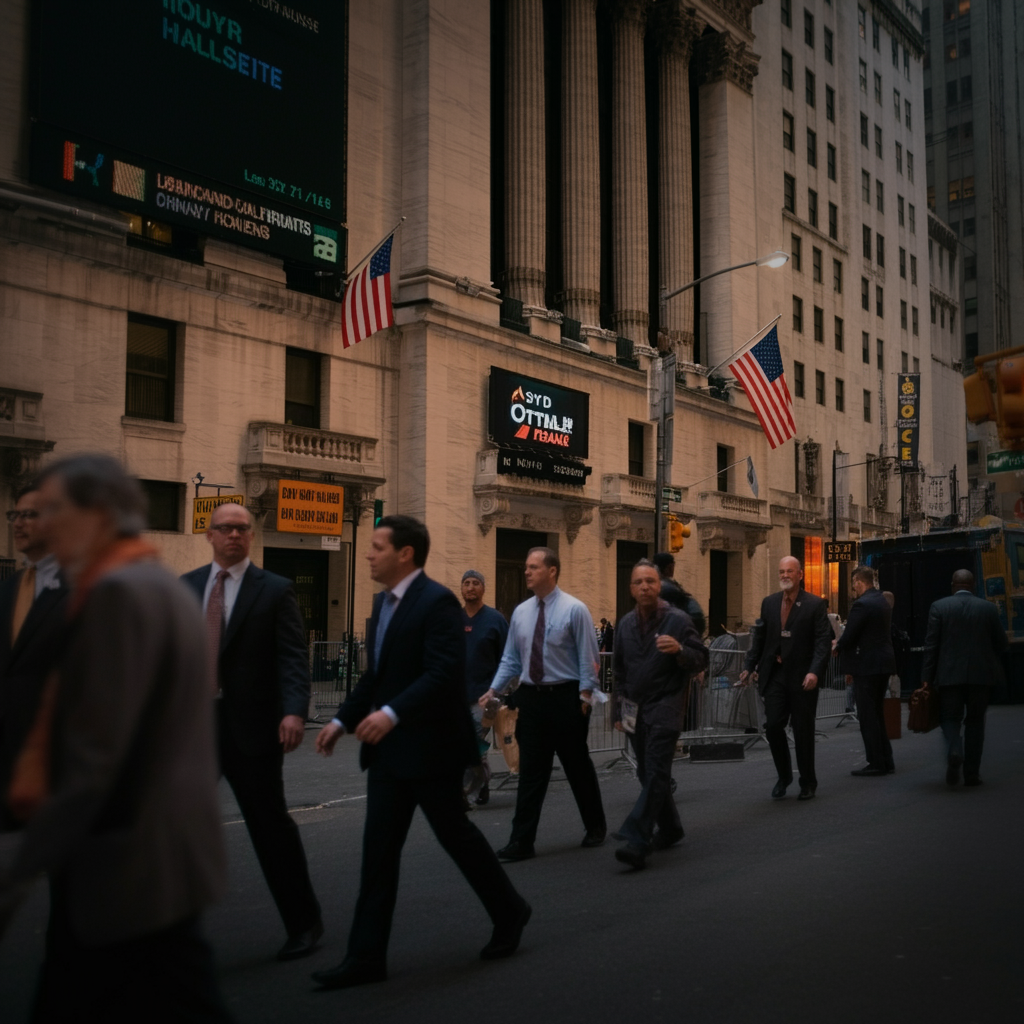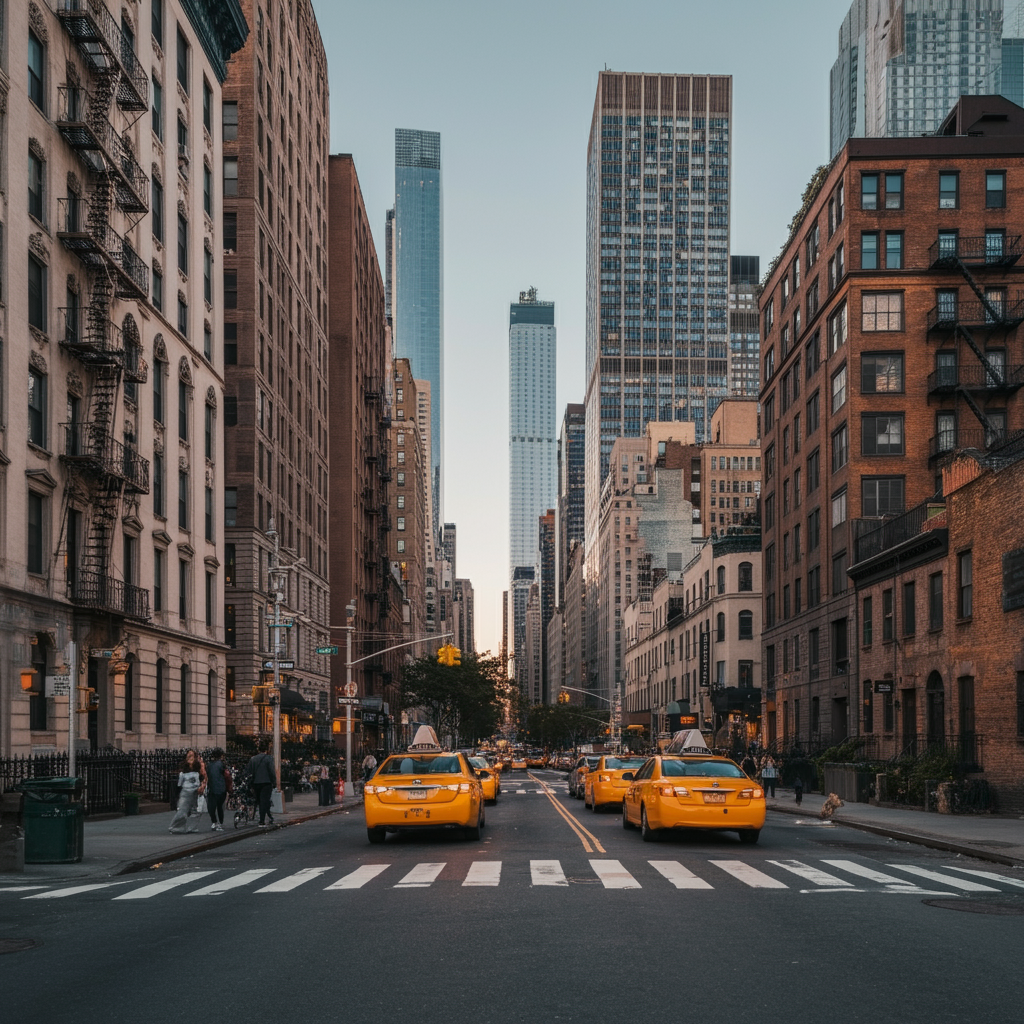Explore the standard of living in New York City with our comprehensive overview. Discover housing, cost of living, and lifestyle insights for residents.
New York City is one of the most iconic and vibrant cities in the world, known for its towering skyscrapers, diverse culture, and endless opportunities. However, living in the Big Apple comes at a high price. The standard of living in New York City is shaped by various factors, including the cost of housing, transportation, healthcare, education, job opportunities, and overall quality of life. This article provides an in-depth analysis of these aspects to give a clear picture of what it takes to live in this bustling metropolis.
Cost of Housing
Housing in New York City is among the most expensive in the United States. The city’s real estate market is characterized by high rents and property prices. According to recent reports, the average rent for a one-bedroom apartment in Manhattan exceeds $4,000 per month, while in Brooklyn and Queens, it can range from $2,500 to $3,500. The cost of purchasing property is also steep, with median home prices in Manhattan reaching millions of dollars. Limited space and high demand contribute to these exorbitant costs, making affordable housing a significant challenge for residents.

Transportation Costs and Accessibility
New York City boasts one of the most extensive public transportation systems in the world. The Metropolitan Transportation Authority (MTA) operates subways, buses, and commuter trains, providing an affordable way for residents to navigate the city. A monthly unlimited MetroCard costs around $132, which is relatively economical compared to maintaining a private vehicle. However, those who drive face high expenses, including gas, insurance, parking fees, and tolls. Traffic congestion is another major issue, often causing long commute times despite the city’s well-developed infrastructure.

Job Market and Income Levels-Standard of Living
New York City is a global financial hub with abundant employment opportunities across various industries. Wall Street, the tech sector, healthcare, media, and entertainment industries offer high-paying jobs. The city’s minimum wage stands at $16 per hour, higher than the national average, but the high cost of living offsets this benefit. While some professionals earn six-figure salaries, many residents struggle with low wages and high expenses, making financial stability a challenge for middle-class and lower-income individuals.

Healthcare and Medical Expenses
Healthcare in New York City is of high quality, but it comes at a substantial cost. Private health insurance premiums can be expensive, and out-of-pocket costs for medical visits, prescriptions, and emergency care add up quickly. The city has several world-renowned hospitals and medical centers, but access to affordable healthcare remains a concern for those without adequate insurance coverage. Public hospitals and clinics provide services at reduced costs, but wait times and availability can be issues.
Education and Childcare
New York City offers a wide range of educational institutions, from public schools to prestigious private schools and universities. The city’s public school system, operated by the Department of Education, serves over one million students. While some public schools offer quality education, others face challenges such as overcrowding and funding shortages. Private schools charge tuition fees that can exceed $50,000 per year. Higher education institutions like Columbia University and New York University attract students from around the world, but tuition costs are steep. Childcare is another significant expense, with daycare costs ranging from $1,500 to $3,000 per month per child.
Cost of Living and Everyday Expenses
Daily expenses in New York City are significantly higher than the national average. Groceries, dining, entertainment, and utilities all contribute to the overall cost of living. A meal at a mid-range restaurant can cost $20–$50 per person, while grocery prices are about 30% higher than the national average. Utility bills, including electricity and internet, can total $200–$300 per month. Additionally, personal expenses such as gym memberships, streaming services, and social activities add up quickly.
Safety and Quality of Life
New York City has a complex safety landscape. While crime rates have decreased over the years, certain areas still experience higher crime levels than others. The NYPD works to maintain public safety, and the presence of security in busy areas provides reassurance to residents and tourists. Despite the challenges, the city offers an unparalleled cultural and entertainment scene, including Broadway shows, museums, parks, and nightlife. The diversity of experiences contributes to an exciting and dynamic lifestyle.
Social Life and Entertainment
New York City is renowned for its vibrant cultural scene, with world-class theaters, art galleries, restaurants, and nightlife. Broadway shows, concerts, and festivals are regular occurrences, making entertainment easily accessible for residents. Central Park, Times Square, and various borough-specific attractions provide recreational spaces for relaxation and socializing. However, the high cost of entertainment can limit access for lower-income residents.
Conclusion
Living in New York City offers unparalleled opportunities and experiences, but it comes with significant financial burdens. The high cost of housing, transportation, healthcare, and education makes it one of the most expensive cities in the world. While job opportunities are abundant, income levels do not always match the cost of living, making affordability a challenge for many residents. Despite these financial hurdles, New York City remains an attractive destination for those seeking career growth, cultural diversity, and an exciting urban lifestyle. Understanding the standard of living in New York City is essential for anyone considering making this city their home.

